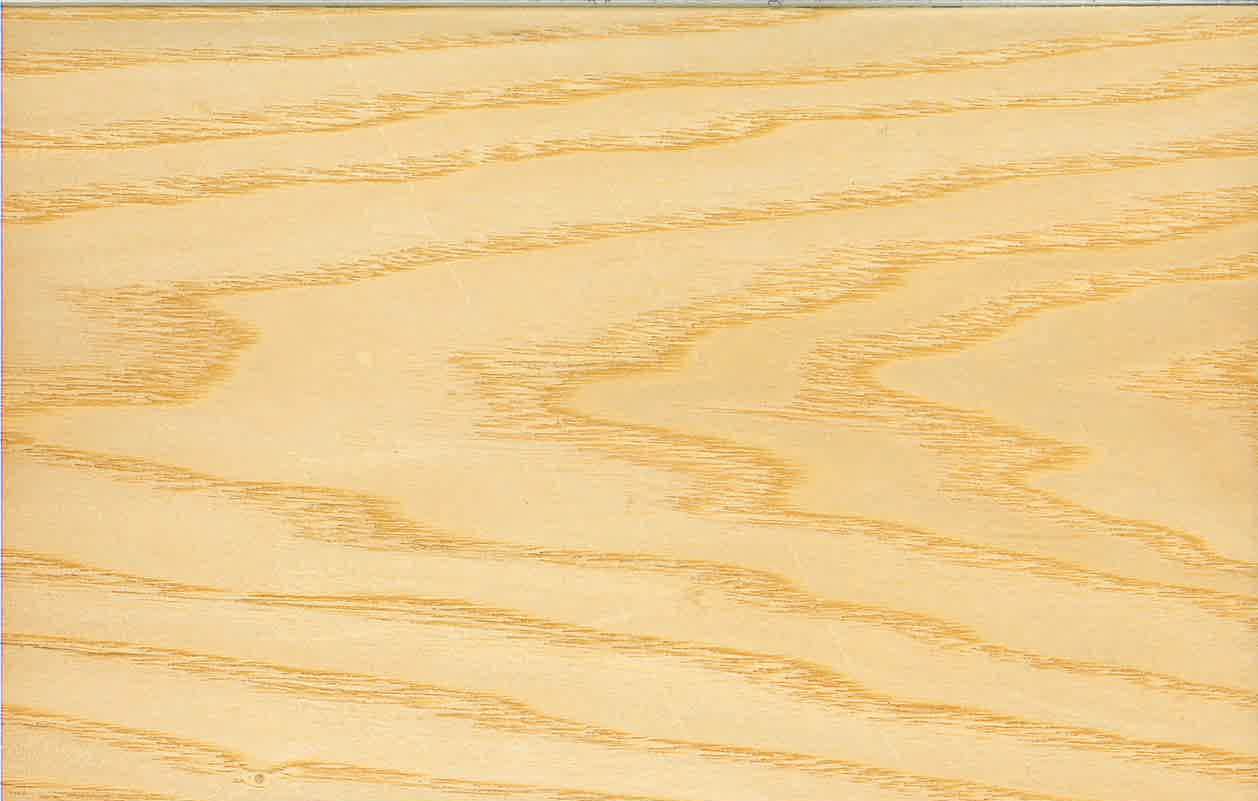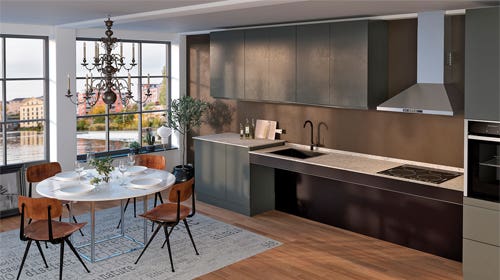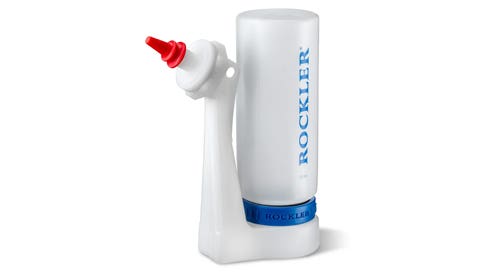Sellers report slower white oak sales
White oak sales are cooling off due to fluctuating consumer design trends and competition from the whisky barrel industry, which prioritizes quantity over quality. While demand for white oak remains steady, buyers are shifting towards higher grades and are more specific about color sorting, grading, and clarity. Despite its scarcity and high price, white oak continues to be a popular choice for woodworking projects.
While still a leading hardwood for cabinetry, trim and other woodworking projects, white oak has become slightly less prominent lately, according to suppliers interviewed by Woodshop News.
Sean Eaton at O’Brien Hardwoods & Specialty Lumber in Portland, Maine, says fluctuation in consumer design trends seems to be the main reason sales are cooling off.
“With white oak, we’ve been seeing a decline in sales over the last few months. It’s kind of leveled off. From about 2015 to 2020, the demand kept growing, and especially the rift sawn. It absolutely exploded. It’s still popular, but it has definitively worn out. I’m not sure what’s taking its place, but there were times when we had trouble keeping it in stock, and now that’s not a problem at all,” says Eaton.
Eaton adds that log length and board quality has been a concern, attributed to competition from the whisky barrel industry.
“It’s not as common to get longer lengths, and 12’ is considered long now. You can still get the 14’ and 16’, but you’ve got to really ask for it, and there are a lot of vendors, if not all, that will charge you extra. So, the lengths tend to run a little shorter. I’m going to say 7’ to 10’ is more average. There’s a lot more sap now than there has been over the years, just because of the tree size. There’s not as much care put into the drying process, and we do a lot more face checking and end checking.
“The whisky barrel manufacturers are buying a majority of white oak. I’ve been doing this since ’95 and just heard from a vendor that about three years ago whisky barrel manufacturers bought two-thirds of all white oak that was cut in the U.S. And because they don’t care about the size, since they’re cutting it into small staves, that opens the tree that can be cut and harvested. So those harvesting it aren’t really on the lookout for the big mature trees now. They want to meet that demand and being in this industry we get what’s left over. It’s driven by whoever will pay the most for it.”
Alex Wellsfry of MacDonald and Owen in West Salem, Wis., says demand for white oak is steady, but buyers are shifting away from the lower grades.
“The No. 1 common white oak is definitely softening in the market. The demand is not as much as it used to be. Sales in the FAS uppers are firm, but nothing crazy. There’s demand, but not over-demand for it, and customers have a bit more availability in it. But they also are a bit more specific as far as color sorting, grading and clarity,” says Wellsfry.
Doug White of Doug White Hardwoods in Marissa, Ill., says white oak continues to be his top seller and he’s trying to order more.
“White oak’s hot. It’s a little scarce and still expensive,” says White. “It seems like the more the price goes up, the more people want it. I’m waiting to hear back from a mill where we’re trying to get a unit of 10’s and 14’s. I’m not sure if they have those lengths. We’ve got a lot of it here. It’s just that we’ve been selling quite a bit of it and want to keep it in stock.”







